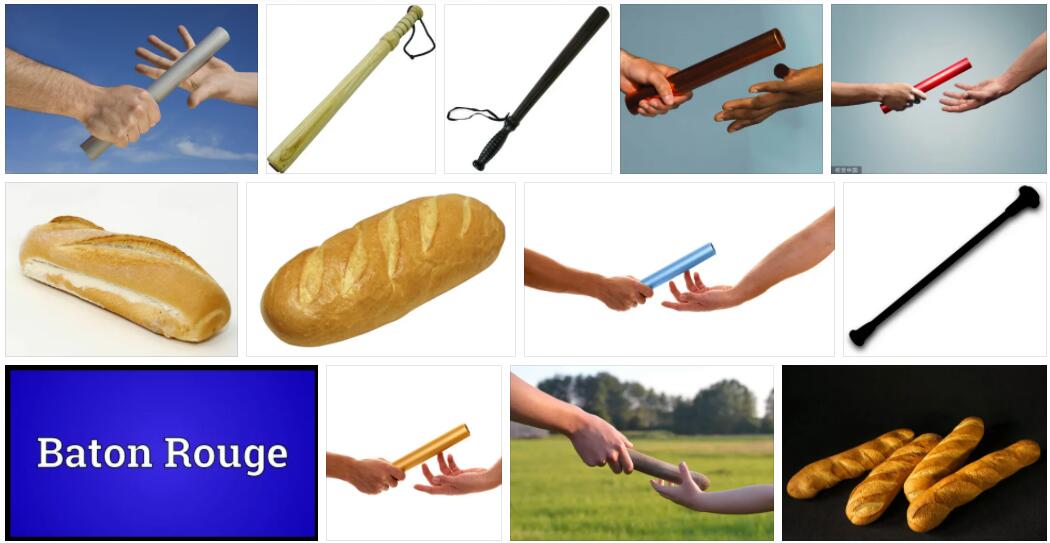The concept batuta comes from the Italian word battuta, which can be translated as “compass”. The notion is used to name the thin and short stick used by the director of a musical group, such as a choir or an orchestra, to direct the performance of a work.
Usually, the conductor uses the baton and his arms and hands to give directions to the musicians. The usual thing is that the baton is taken with the right hand, supporting its base in the palm and then closing the fingers to hold it. With his arm extended, the conductor places the baton at the level of his face and points inwards and to the left to move it.
It can be said that the baton acts as an extension of the conductor’s arm. The size varies according to the physical makeup of the user. If the conductor has long arms, he can use a baton with a certain extension. Instead, if your arms are short, you can go for a smaller baton.
Batons are usually made of wood, graphite, or fiberglass. Although they are consistent and have a certain weight, their design allows the director to hold them firmly but without using much force. Precisely, the weight of the baton must be centralized at the end from which the conductor holds it, so that it does not involve an effort to move it lightly.
All of this brings us to the next point: the baton is not one hundred percent necessary for the director’s job; in other words, if in the middle of a concert it broke and no one could get a replacement, the conductor could use his arms and hands, without causing a lack of understanding on the part of the orchestra.
It is important to understand that not all conductors give the baton the same degree of importance in their work. Although there are basic rules and concepts that many learn in the conservatory to take their first steps in this discipline, the path to professional direction is usually characterized by the development of their own techniques and styles, which in many cases allow each professional to be recognized with only see their hands in motion.
In countries where there is no compulsory musical training, it is normal that people outside this art do not understand the role of the conductor; Although they may assume that he “guides” the musicians through their performances, they fail to feel the importance of their performance. Taking the baton, in this environment, is far from enjoying an inherited or undeserved power: the conductor must earn the trust and respect of the musicians, to guide them towards the best interpretation of their lives in each presentation.
The job of a good principal is similar to that of a school teacher: if you want to achieve good results, you must begin by approaching each of the students, learning their names, knowing their concerns, and finding the best way to convey your own needs to them so that no one stays on the road. Carrying the baton implies communicating with many people at the same time, accepting their complaints, evaluating their demands, all this without losing sight of the horizon, where that concert that will give meaning to an effort of weeks, months or years is located.
By extension to this meaning, the idea of baton is also used symbolically with reference to the control or direction of something. For example: “I don’t care what you say: here I have the baton”, “If you want to ask for an advance, I suggest you talk to Gómez, who handles the baton”, “The coach does not have the baton, the team captain ”.

